
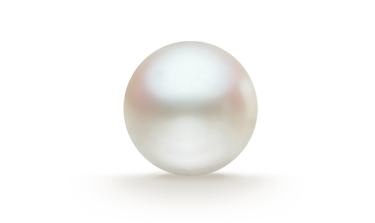
The only gemstone that is made by a living creature, pearls are a treasure of the sea. Only about one in every 10,000 wild oysters contains a pearl. Thanks to their shimmering white color, pearls are associated with purity and innocence. They’re a classic choice for wedding day jewelry.
Perhaps the best-loved gems of all time, pearls-natural and cultured-occur in a wide variety of colors. The most familiar are white and cream, but the palette of colors extends to every hue. Natural pearls form around a microscopic irritant in the bodies of certain mollusks. Cultured pearls are the result of the deliberate insertion of a bead or piece of tissue that the mollusk coats with nacre.
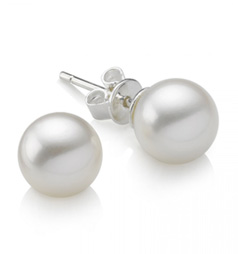
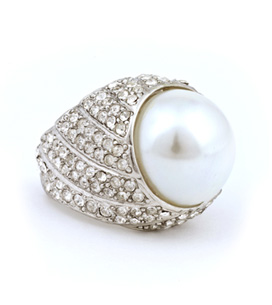
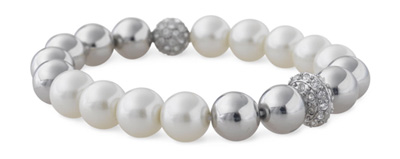
A Chinese historian writes about pearls for the first time.
In 1917, Pierre Cartier traded a double strand of natural pearls for a mansion on Fifth Avenue in New York City.
Kokichi Mikimoto successfully cultures a pearl in Japan.
An assessment of the following characteristics determines the value of each type of pearl.
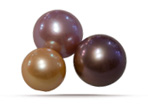
Although white is most classic, appreciation has grown for more unusual natural colors.
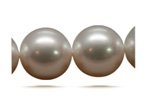
The number of blemishes on a pearl's surface is evaluated to judge quality.
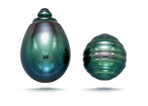
Spherical pearls are the most valued but symmetrical drops are also sought.
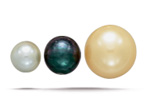
Cultured pearls range from 2-16mm in diameter, depending on the mollusk used.
Use this space to save the products you like. To add a product here, simply click the icon.